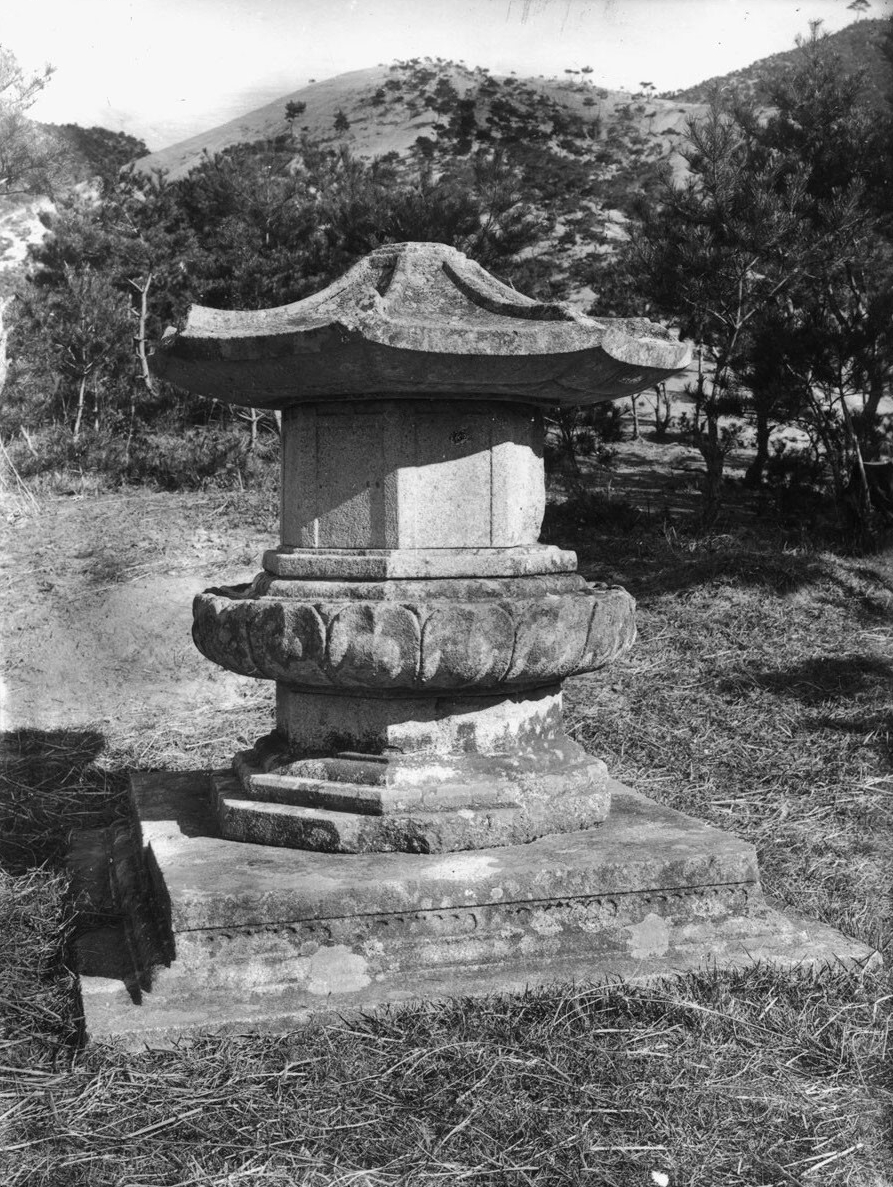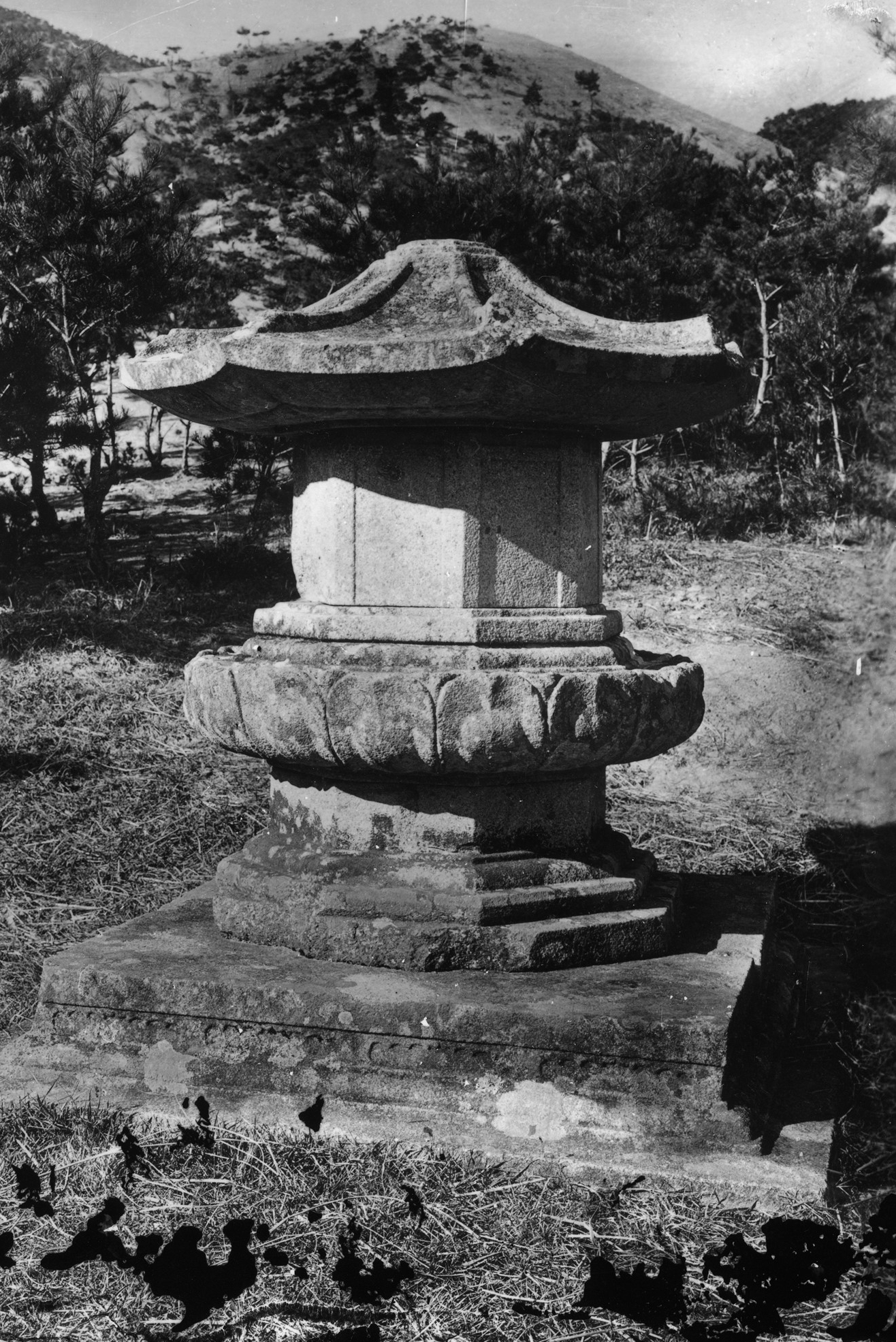Colonial Korea – Donghwasa Temple
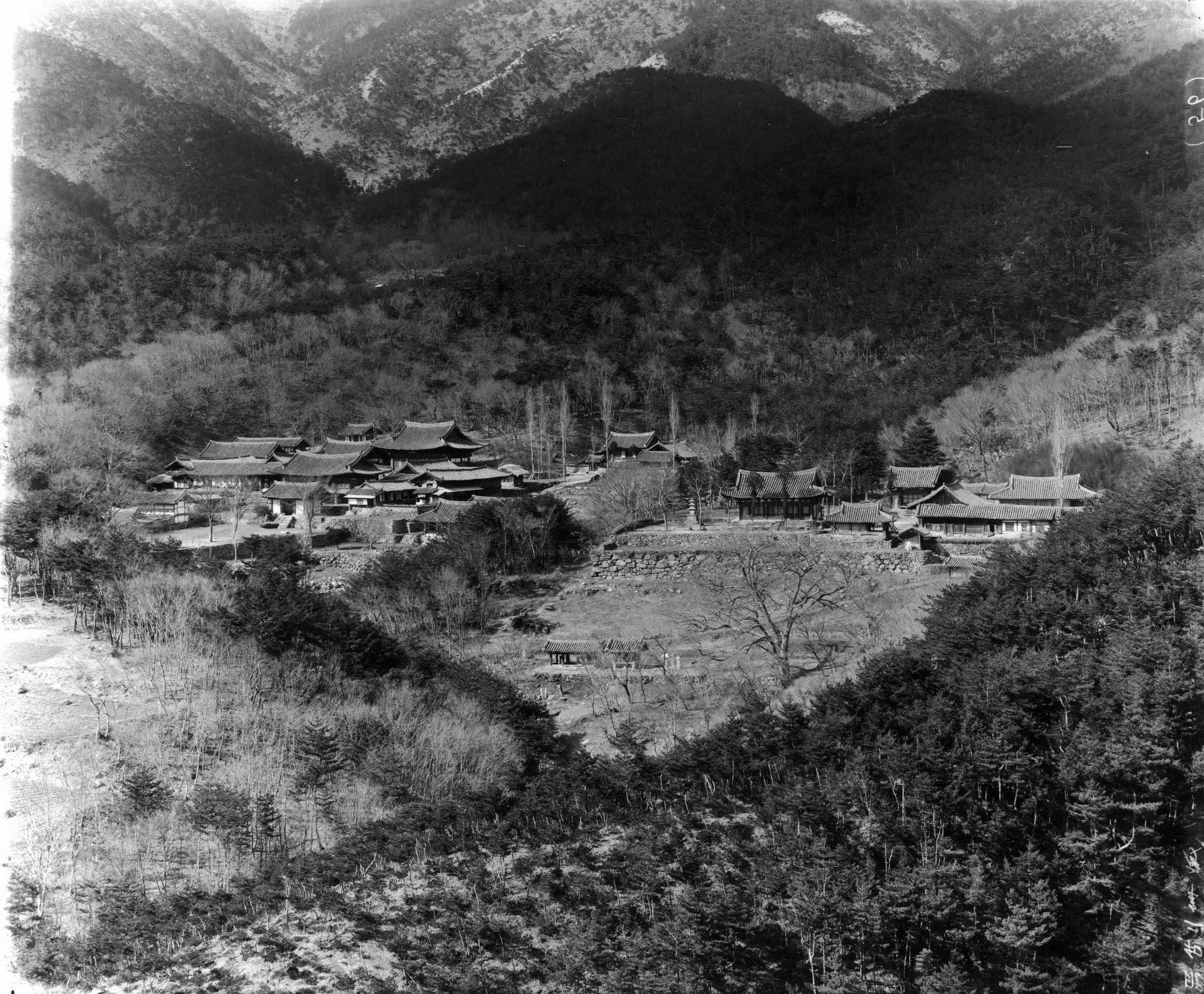
Temple History
Donghwasa Temple is located on the southern slopes of Mt. Palgongsan (1193 m) in Dong-gu, Daegu. The name of the temple means “Paulownia Blossom Temple” in English. Originally, the temple was built in 493 A.D. by the monk Geukdal and was named Yugasa Temple. However, it was later rebuilt in 832 A.D. by the monk Simji. The name of the temple refers to a legend around the time of this reconstruction. According to this legend, and during the dead of winter, wild paulownia trees were in bloom all around Donghwasa Temple during the temple’s reconstruction. This was thought of as an auspicious sign.
According to the Samguk-yusa, or Memorabilia of the Three Kingdoms, Master Jinpyo (fl. 8th century) gave bones with sutras written on them to the monk Yeongsim. Yeongsim, in turn, then gave them to the monk Simji. Trying to decide where he should enshrine these bones, Simji climbed a mountain. On top of this mountain, Simji scattered them to the west. The bones flew in the air and landed in a small well just north of what became Donghwasa Temple. Afterwards, Simji built a shrine hall and enshrined the bones within it. This, according to legend, helped created Donghwasa Temple.
In Later Baekje (892-936 A.D.), the kingdom attacked the Silla Kingdom (57 B.C. – 935 A.D.). Responding to Silla’s pleads for help, Wang Geon (877-943 A.D.), King Taejo (r. 918-943 A.D.), stayed at Donghwasa Temple to fight against the Later Baekje troops. However, Wang Geon suffered a crushing defeat at the hands of the Later Baekje army.
Later, in 1190, the famed monk Bojo (1158-1210) stayed at Donghwasa Temple to oversee a large reconstruction and renovation of the temple. Throughout the years, Donghwasa Temple has undergone several rebuilds including in 1606, when Samyeong-daesa (1544-1610) helped repair the damage inflicted on it during the Imjin War (1592-98). It’s from this date that many of the shrine halls at Donghwasa Temple date back to. In total, Donghwasa Temple and its neighbouring hermitages are home to some thirteen Korean Treasures.
Colonial Era Photography
It should be noted that one of the reasons that the Japanese took so many pictures of Korean Buddhist temples during Japanese Colonial rule (1910-1945) was to provide images for tourism and illustrations in guidebooks, postcards, and photo albums for Japanese consumption. They would then juxtapose these images of “old Korea” with “now” images of Korea. The former category identified the old Korea with old customs and traditions through grainy black-and-white photos.
These “old Korea” images were then contrasted with “new” Korea images featuring recently constructed modern colonial structures built by the Japanese. This was especially true for archaeological or temple work that contrasted the dilapidated former structures with the recently renovated or rebuilt Japanese efforts on the old Korean structures contrasting Japan’s efforts with the way that Korea had long neglected their most treasured of structures and/or sites.
This visual methodology was a tried and true method of contrasting the old (bad) with the new (good). All of this was done to show the success of Japan’s “civilizing mission” on the rest of the world and especially on the Korean Peninsula. Furthering this visual propaganda was supplemental material that explained the inseparable nature found between Koreans and the Japanese from the beginning of time.
To further reinforce this point, the archaeological “rediscovery” of Japan’s antiquity in the form of excavated sites of beautifully restored Silla temples and tombs found in Japanese photography was the most tangible evidence for the supposed common ancestry both racially and culturally. As such, the colonial travel industry played a large part in promoting this “nostalgic” image of Korea as a lost and poor country, whose shared cultural and ethnic past was being restored to prominence once more through the superior Japanese and their “enlightened” government. And Donghwasa Temple played a part in the propagation of this propaganda, especially since it played such a prominent role in Korean Buddhist history and culture. Here are a collection of Colonial era pictures and drawings of Donghwasa Temple through the years.
Pictures of Colonial Era Donghwasa Temple
1911

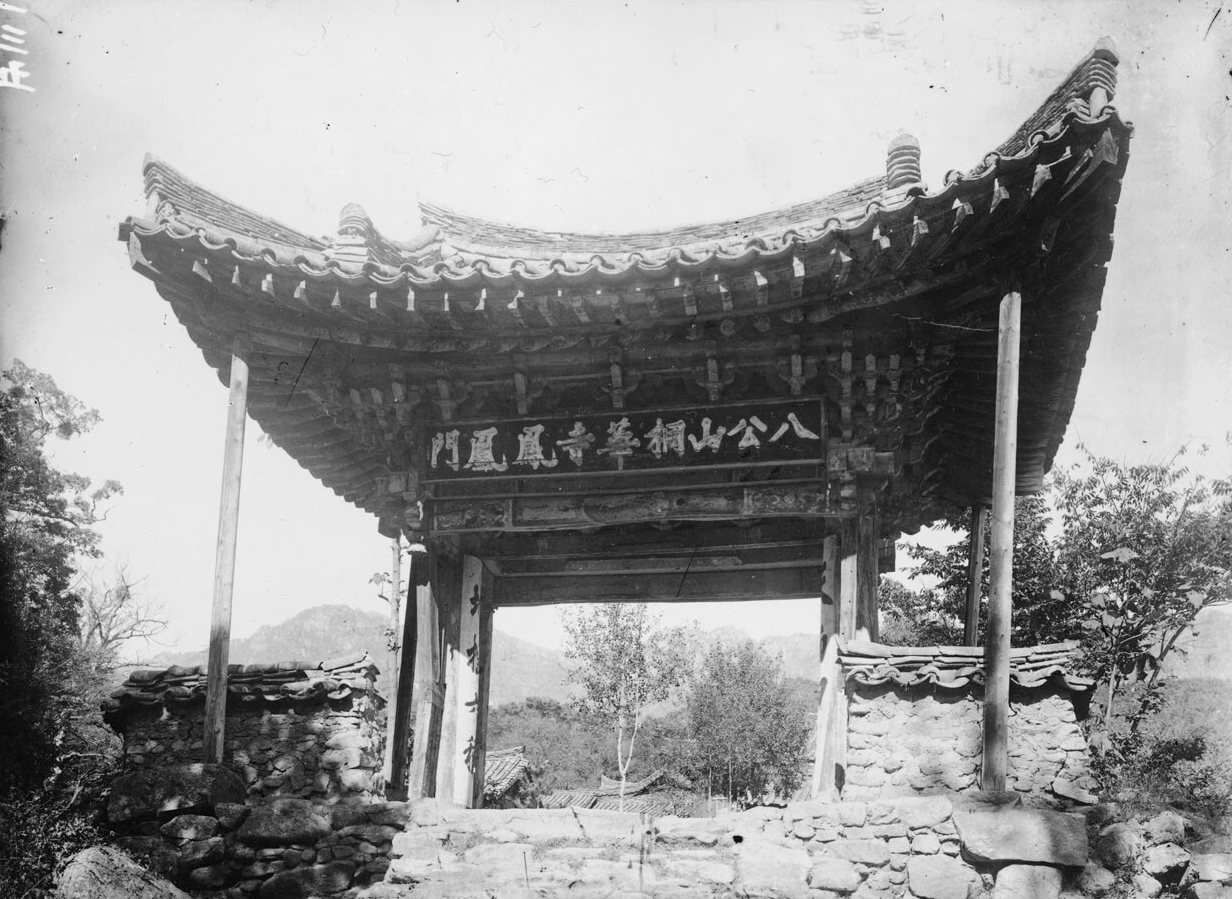
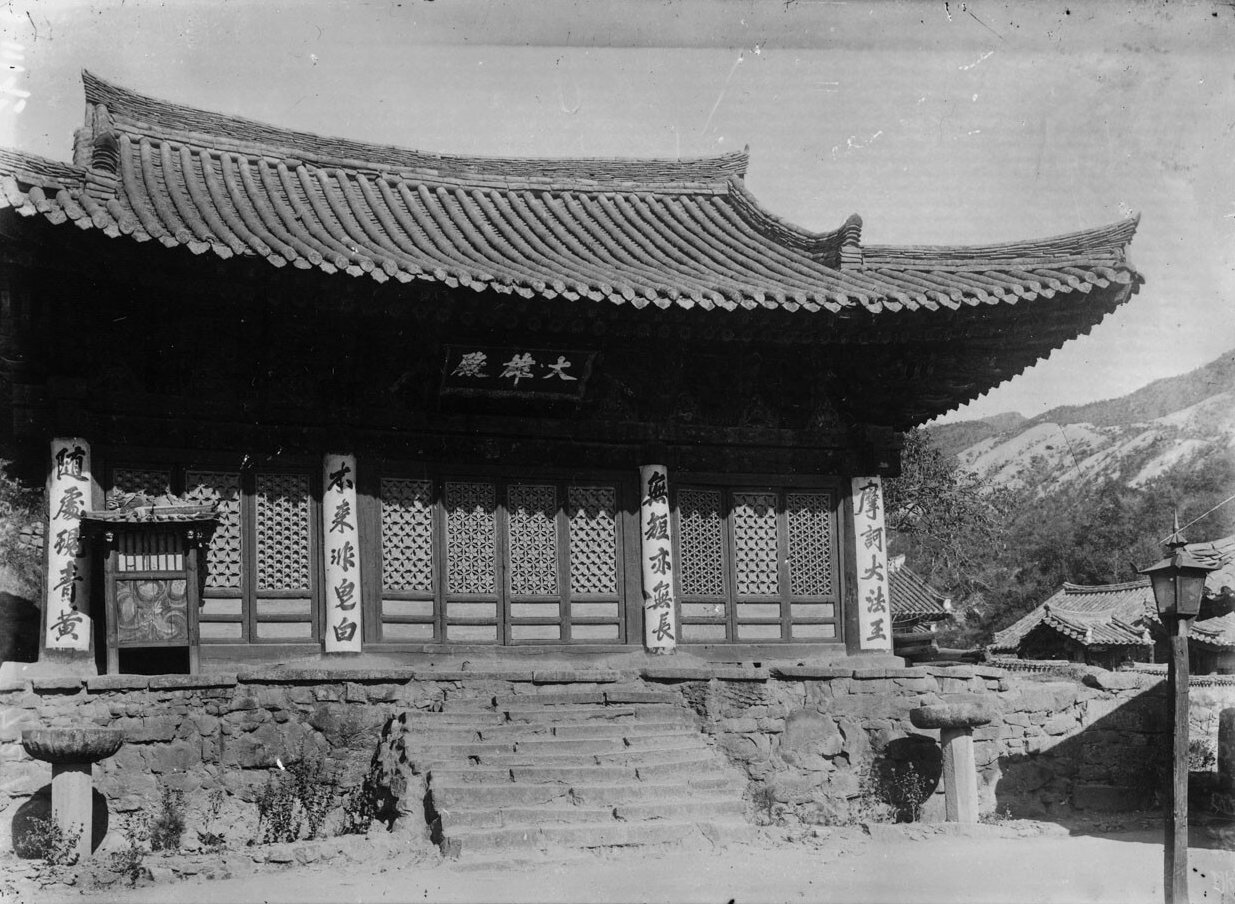
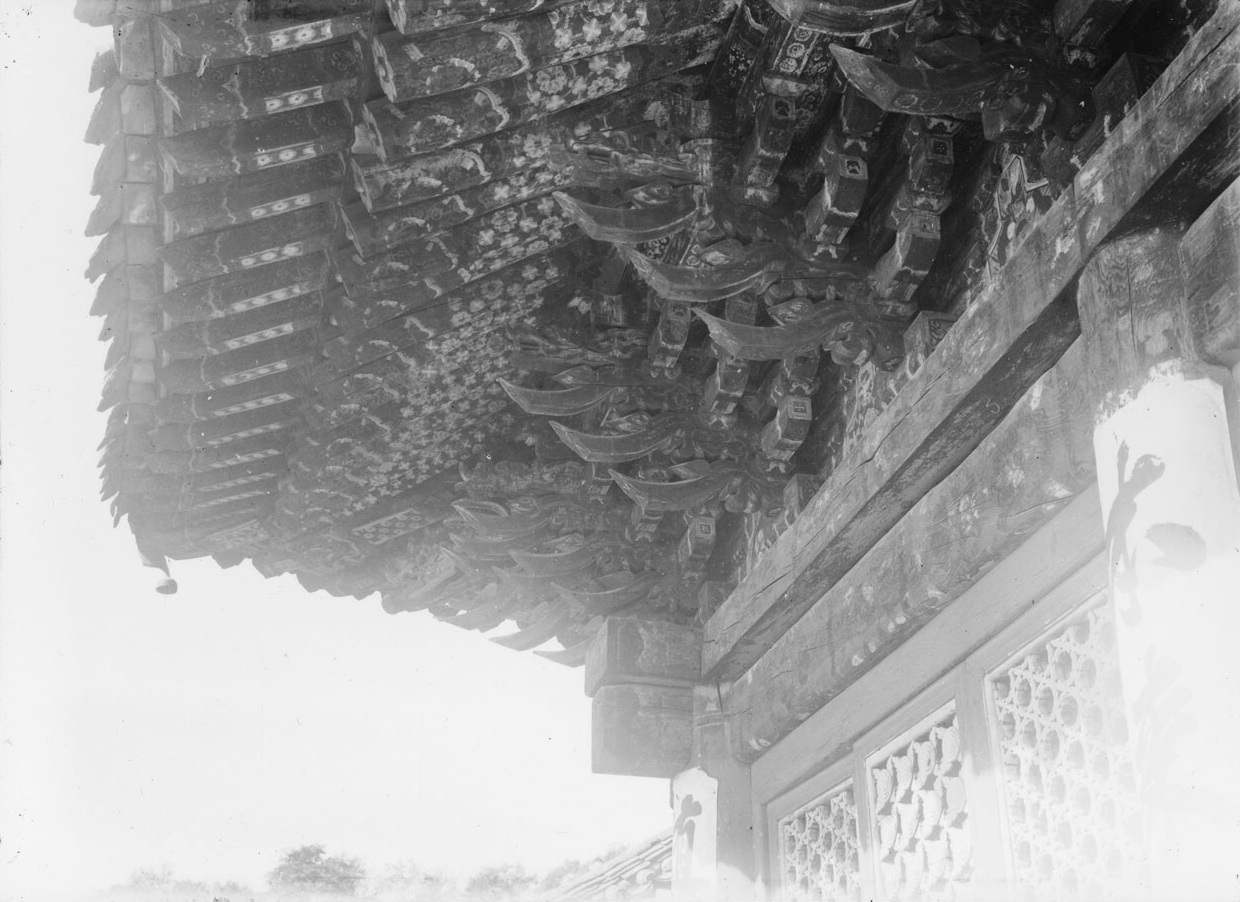
Pictures of Colonial Era Donghwasa Temple
1927
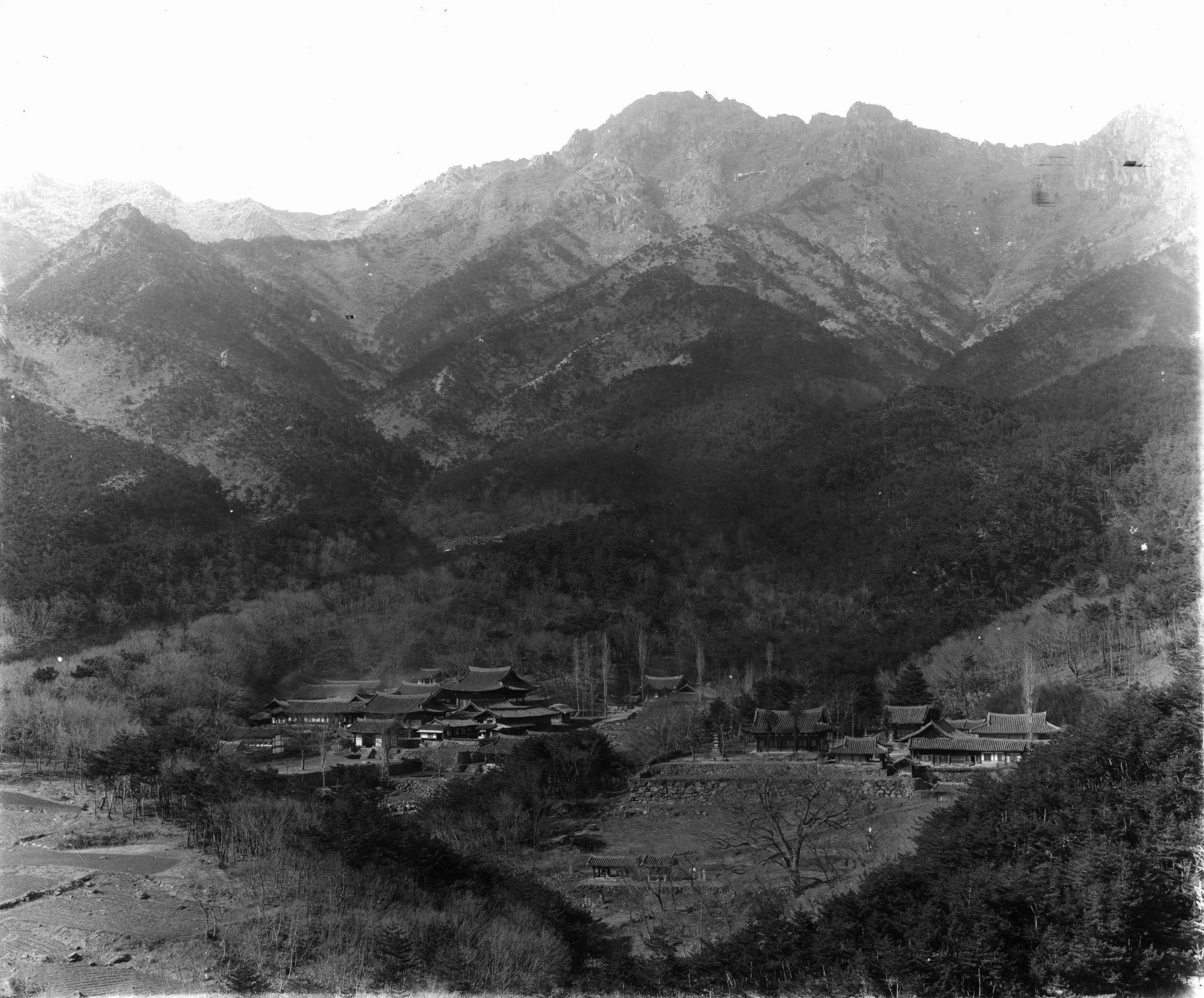
Pictures of Colonial Era Donghwasa Temple
1940

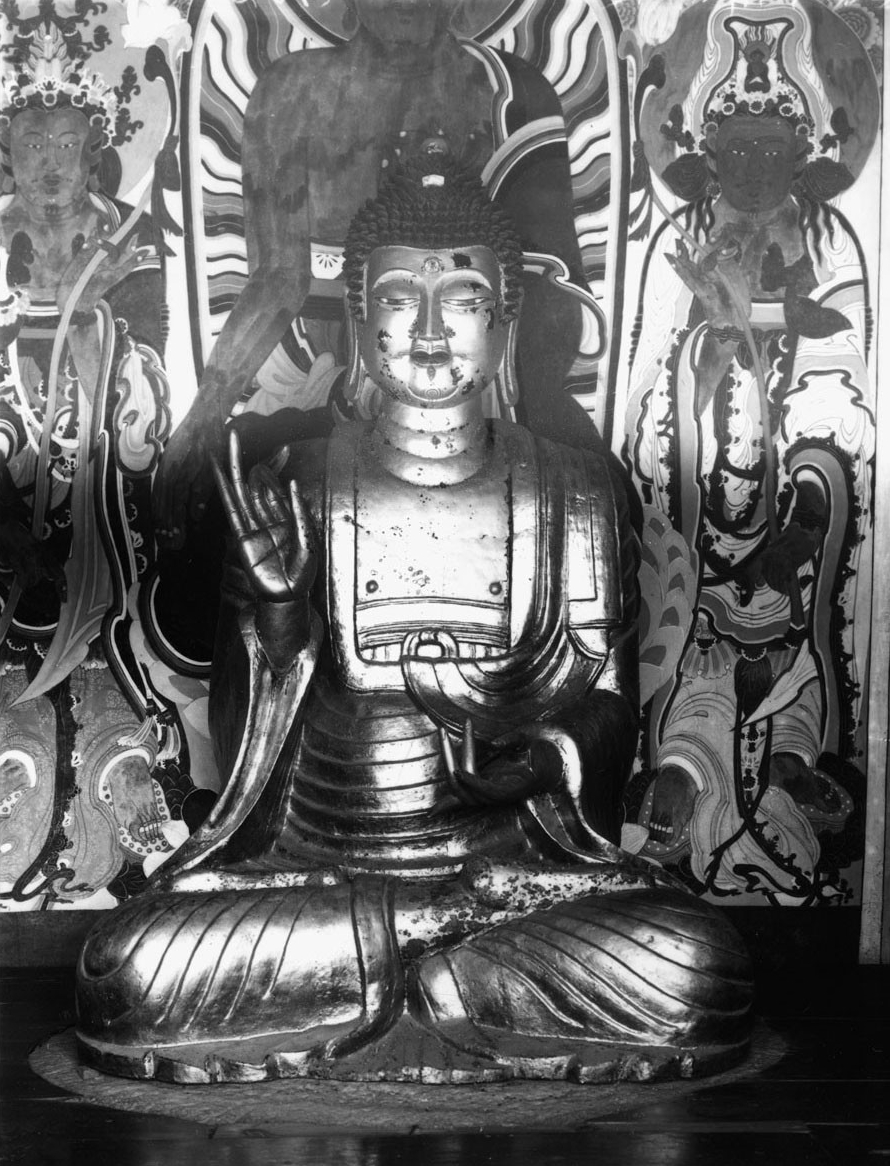

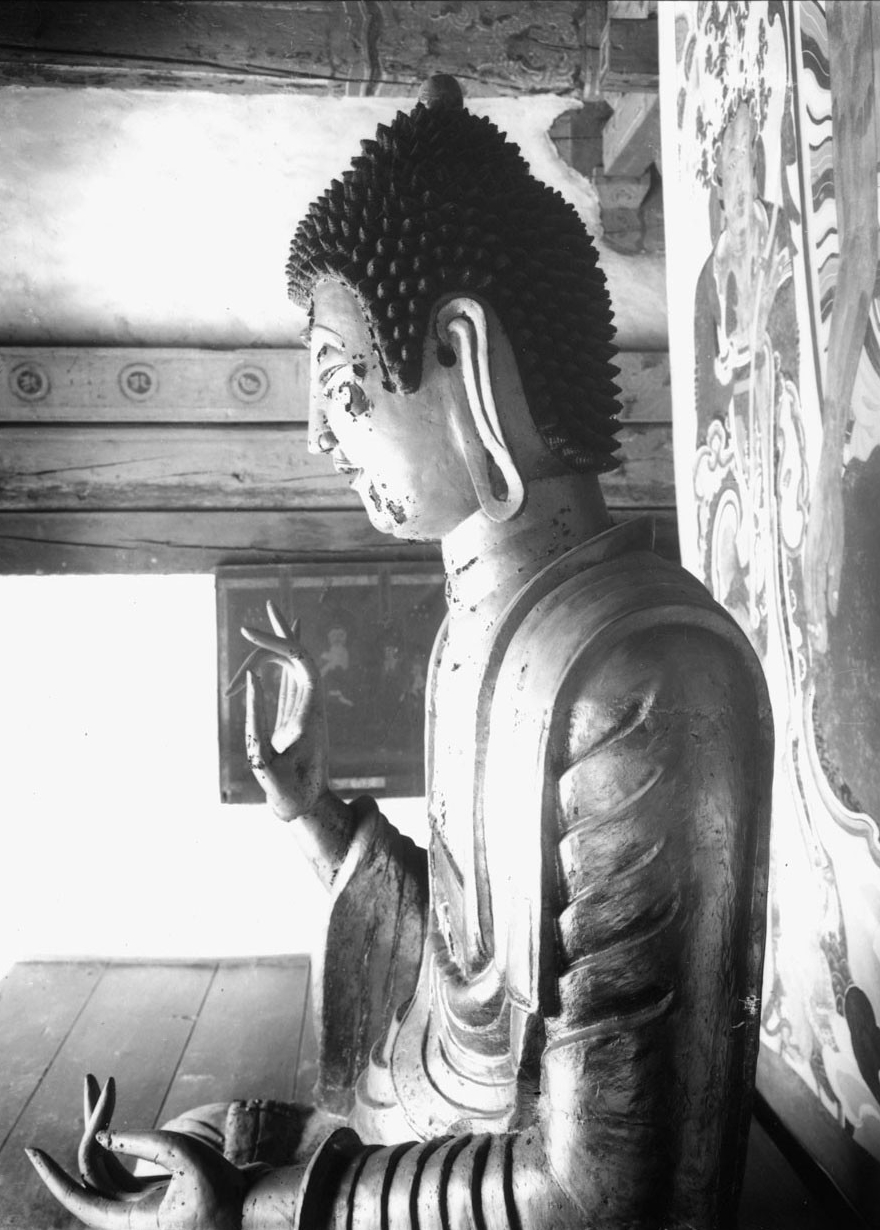
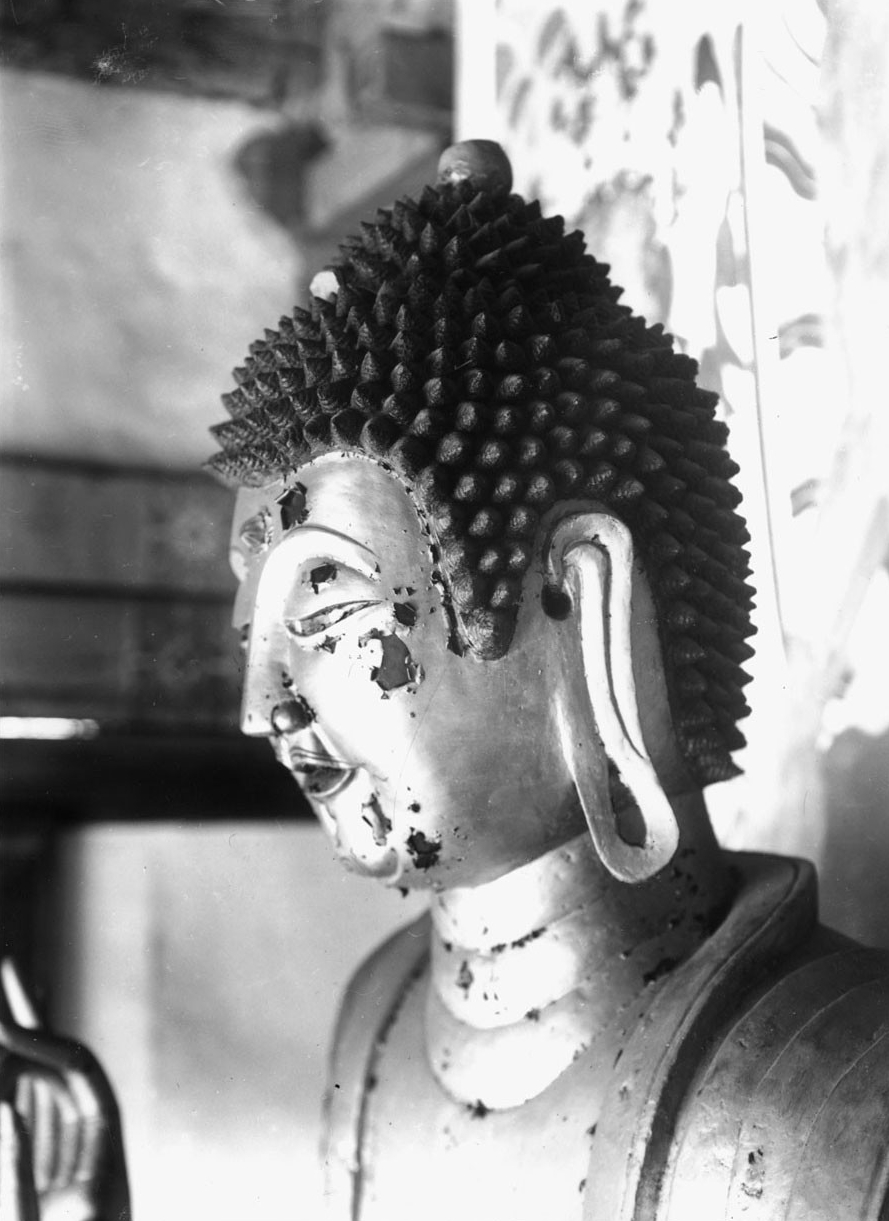
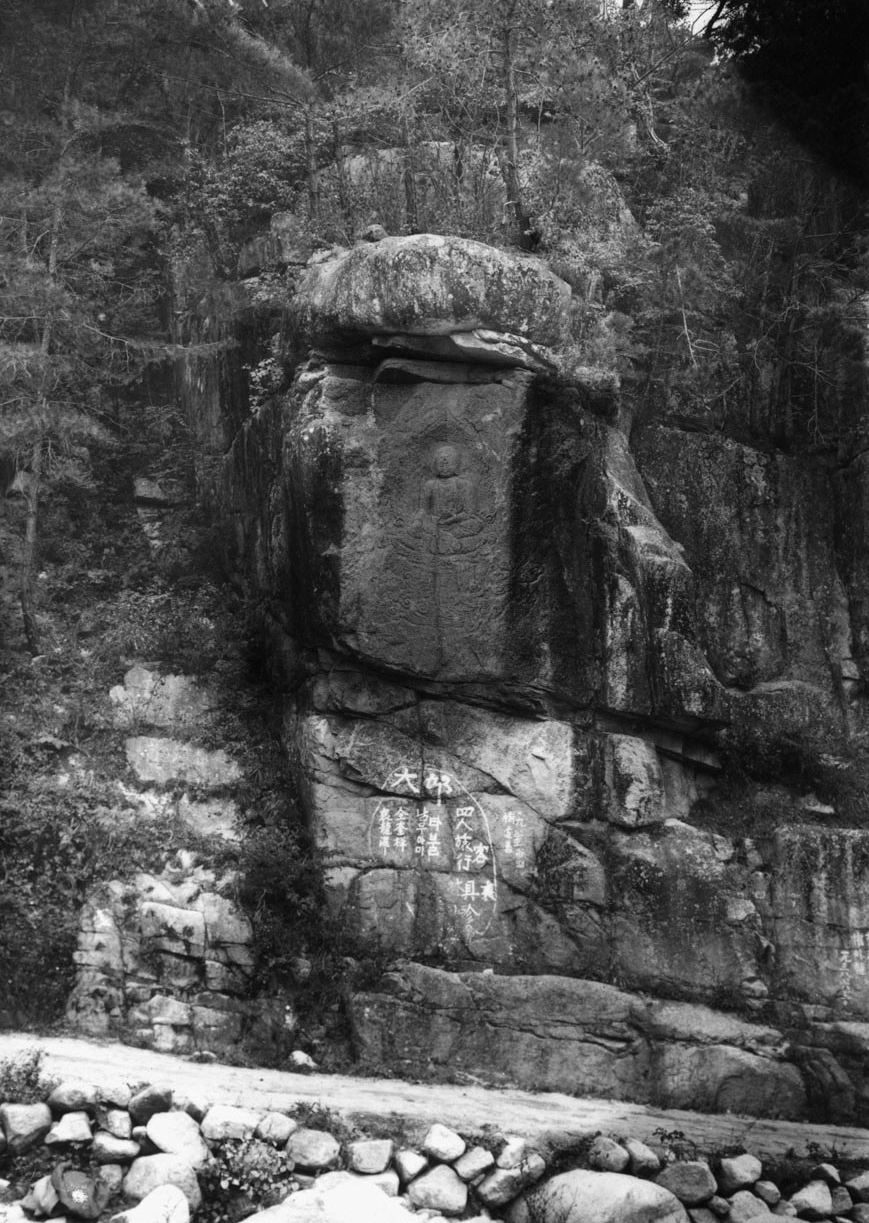
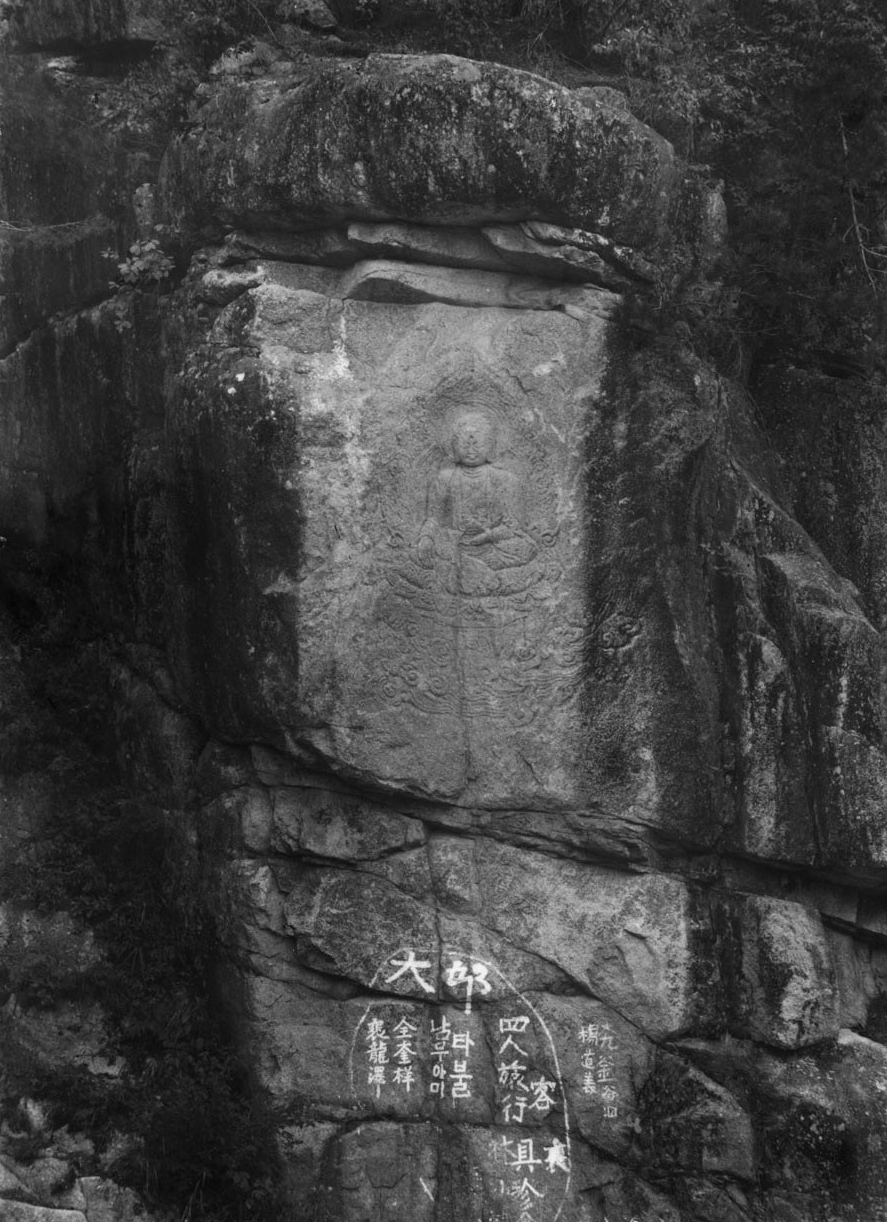
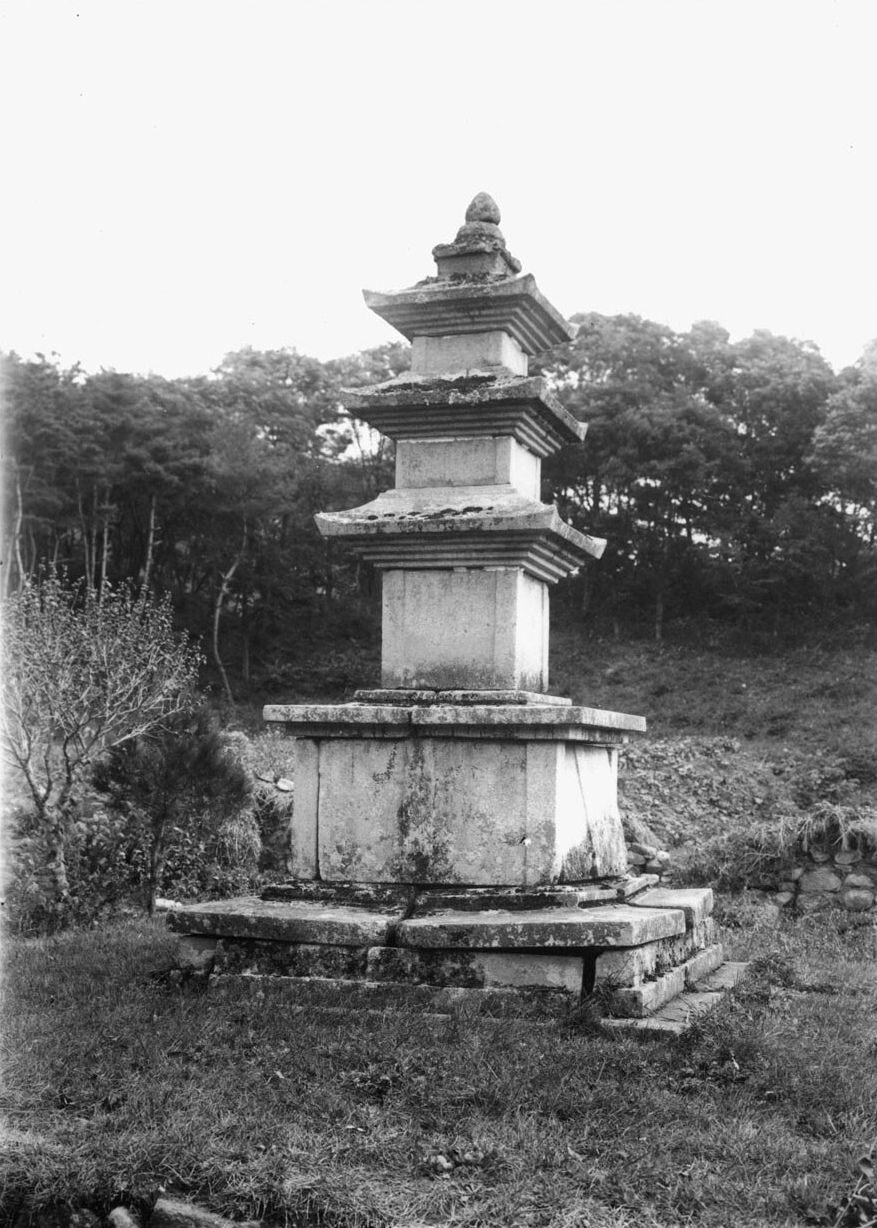
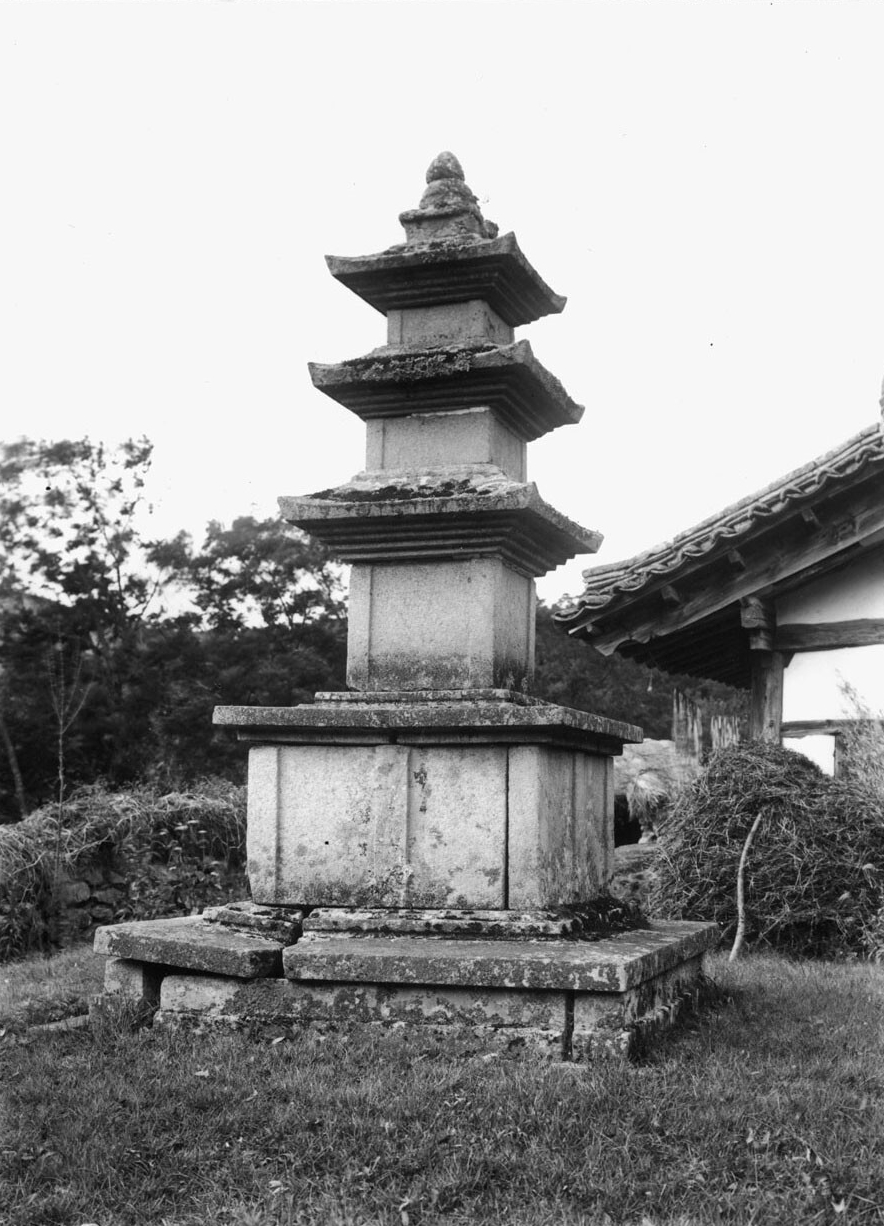
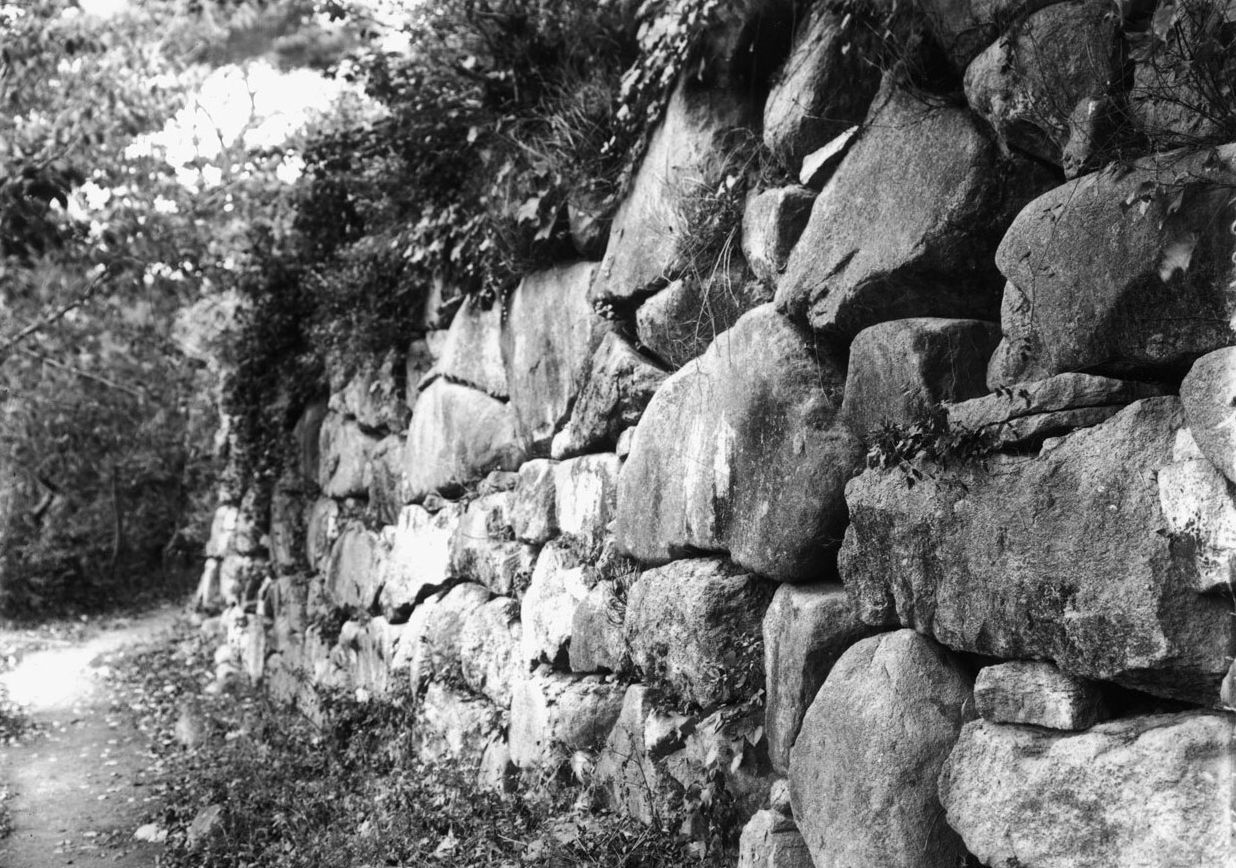
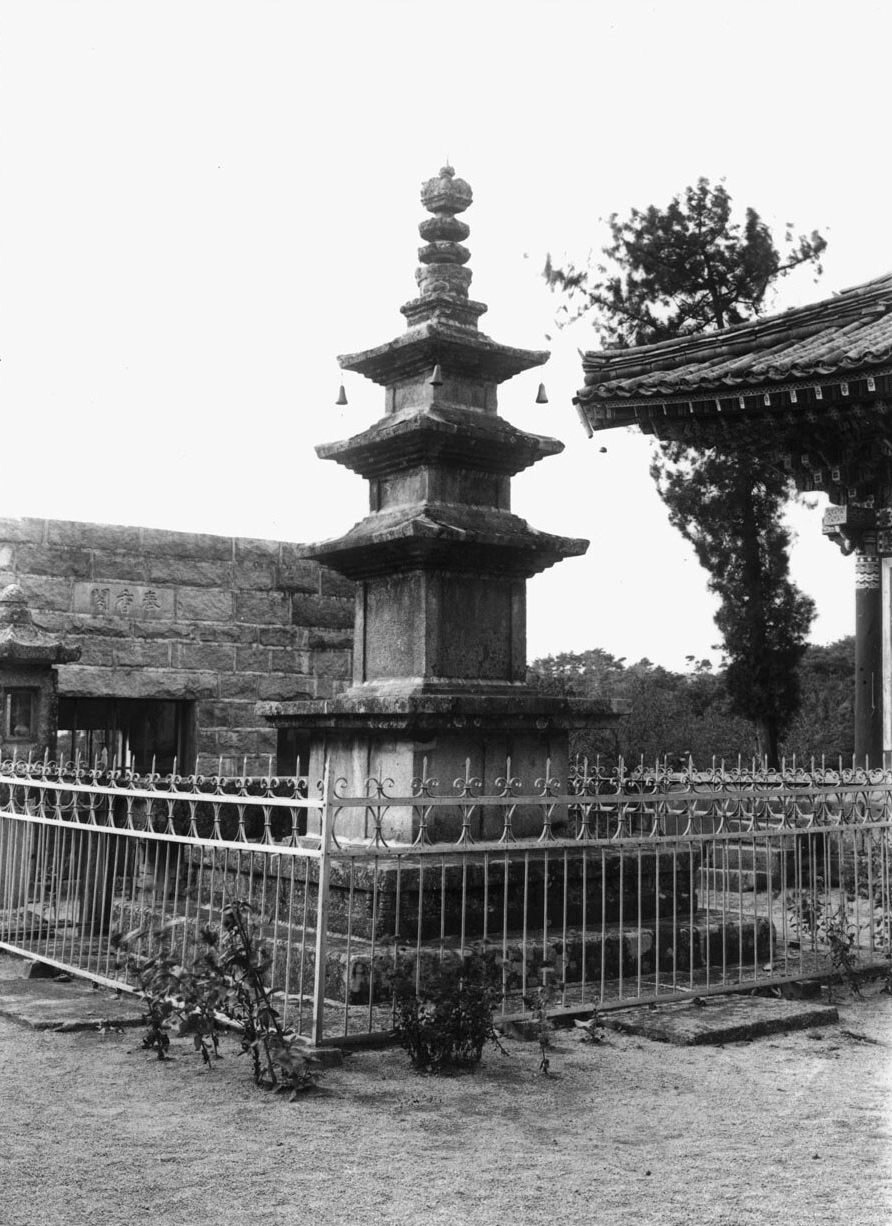
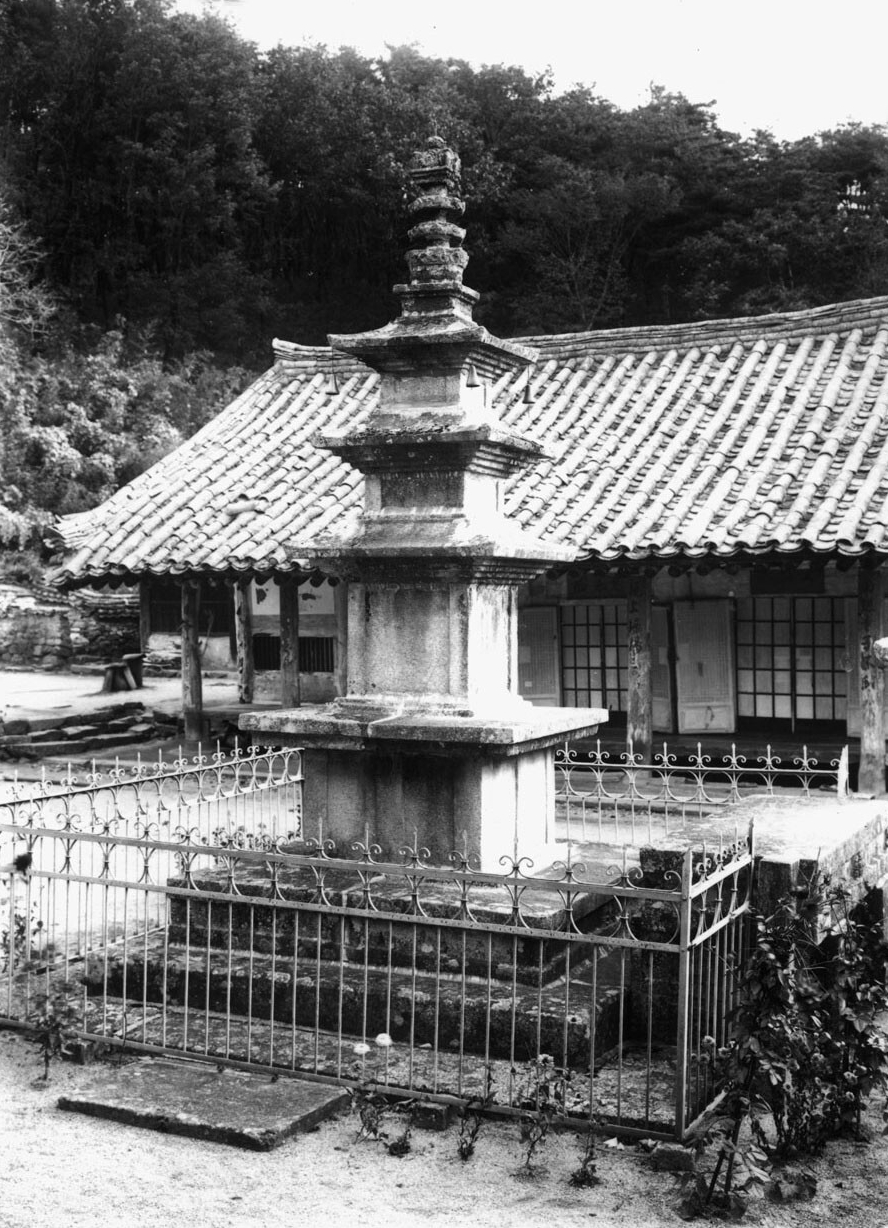

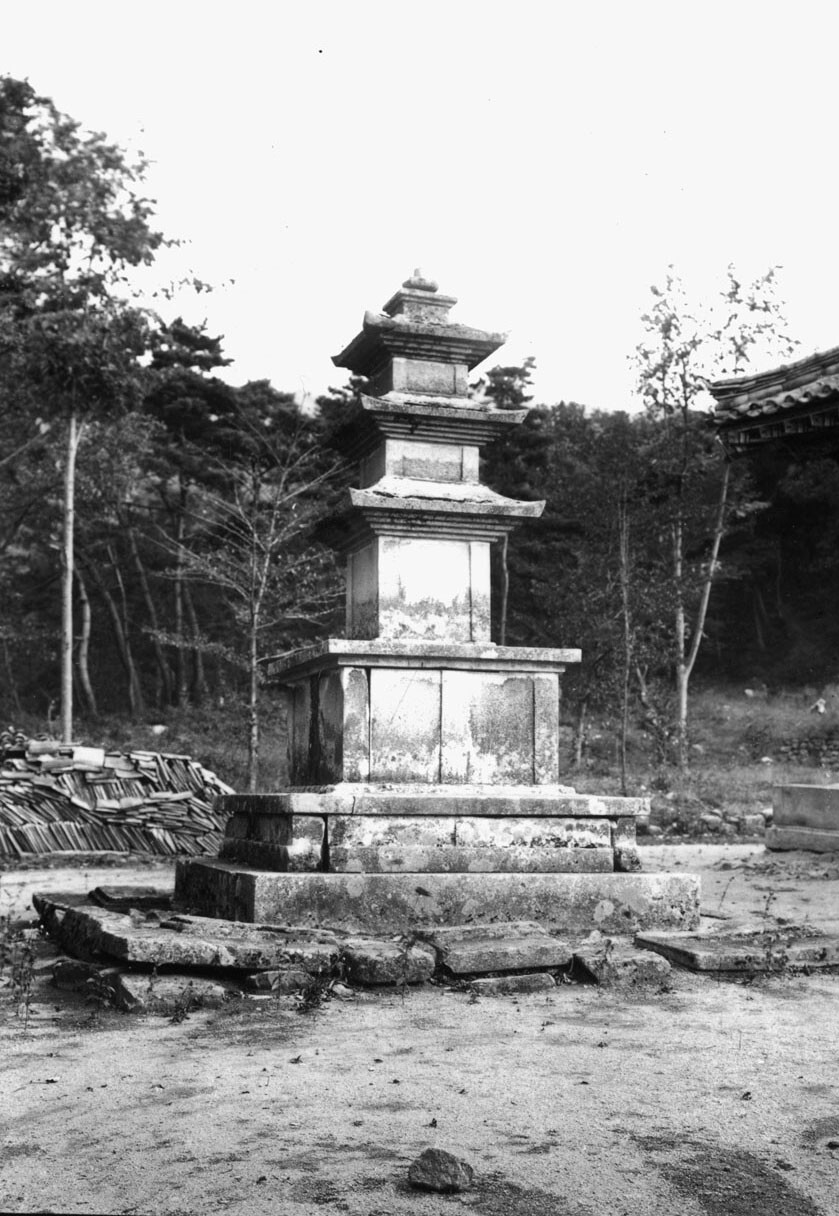
Pictures of Colonial Era Donghwasa Temple
Specific Dates Unknown (1909-1945)
